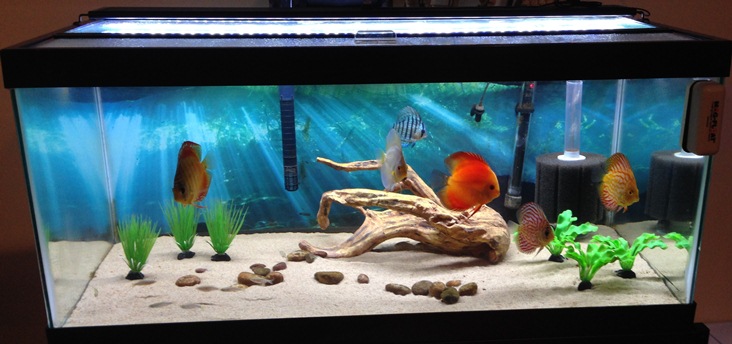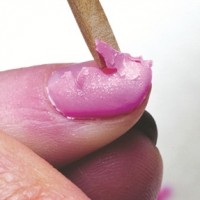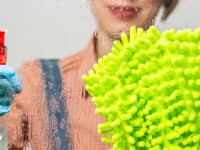Maintaining your fish tank nice and clean ensures that your aquarium looks presentable and, most importantly, that your fishes stay healthy and don’t die.
All beginners struggle with keeping the water in their aquariums more or less transparent, the bottom of the tank – free from junk and gunk and the tanks’ glass – free from algae growth. The most difficult thing is that the information regarding fish tank cleaning is quite contradictory, as different aquarists have different opinions on fish tank cleaning approaches and methods.
Besides, it’s necessary to bear in mind that two main types of aquariums – freshwater and marine ones require separate cleaning routines. The reasons behind that are: the kind of water, fish and other species that live in them.
Moreover, the size of a fish tank plays an important role when it comes to the frequency of cleaning, amount of water that has to be extracted and substituted, and even tools you might need for that.
Finally, the ‘age’ of your aquarium also influences the cleaning process, as the longer you have your fish tank, the more consistent its bio system becomes. Consequently, ‘older’ tanks don’t need to be cleaned as often as newer ones.
For example, some amount of water has to be replaced once or twice a week in a newer tank (depending on its size). But older tanks may be cleaned once or twice a week. However, it’s necessary to be really careful while cleaning such tank in order not to disrupt is bio balance.
Now we’re going to attempt to figure out how to conduct a substantial fish tank cleanup without hurting fish and other creatures that might live in it. This guide will be perfect for medium-large tanks (not extra-large though).
Aquarium cleaning rules and don’ts
- Gather your tools. You’ll need a couple of completely clean buckets. It’s better to purchase new ones at a pet store to make sure that no chemicals have ever touched them.
Aquarium algae scraper (or sponge), water syphon, a couple of towels you don’t mind using, paper towels, bleach solution, water dechlorinating substance (for a freshwater tank) and/or water conditioner, and maybe spare filter inserts are required as well. - Don’t get rid of all water in your tank and don’t pull out all the gravel.
Advanced aquarium specialists note that you can replace up to 15% of water in your medium-large fish tank during a weekly or biweekly cleaning and not more than 40% of water during the aquarium spring-cleaning.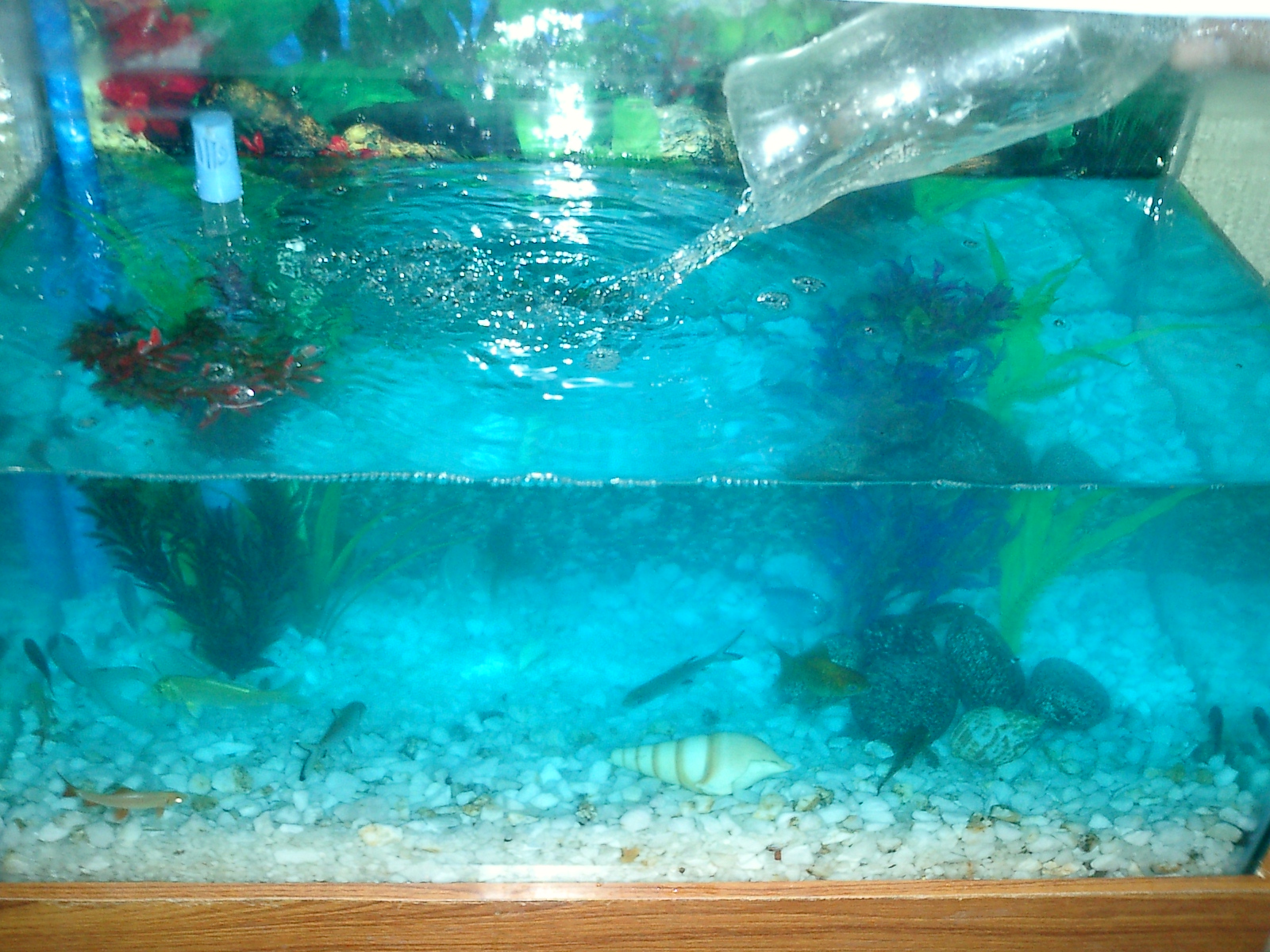
- As we’ve already mentioned, smaller tanks are in fact more high-maintenance that larger ones, as they require more frequent water changes.
If to be really strict and consistent about it, you need to do that twice a week. And, up to 50-70% of tank water may be replaced during a throughout cleaning. - Water changes have to be your regular aquarium practice. The fact is that your fish use the oxygen from water while breathing.
And, in limited space conditions, they deplete the water’s oxygen resources due to their natural living processes (like pooping). You don’t want your fish to die from suffocation, do you? - It’s vital (for your tank’s biosphere) to keep in mind that your fish tank is like a small eco system. It has its rules, cycles and other ongoing processes.
Different beneficial (and not really beneficial) bacteria form in it after it is set up. And, any external interference into those natural processes will disrupt them. Like, any interference. - If you have quite large fish tank or if you’ve been slacking on cleaning your aquarium, which caused major pollution, make sure to contact aquarium services. They’ll perform the most gentle throughout fish tank cleaning you might not be able to carry out on your own.
Go to HireRush.com to post an aquarium cleaning task or call the local specialists directly from the website.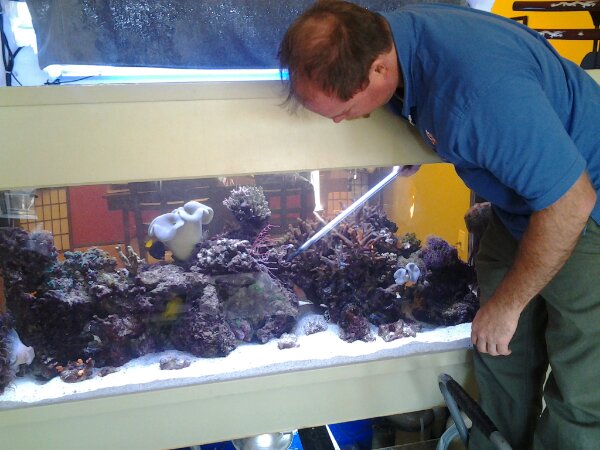 Post a task here
Post a task here - All surfaces of your fish tank turn into a living area for tiny bacteria and other creatures that establish and define the ‘equilibrium’ in your tank.
While your fish tank will only benefit from minor water substitution and gunk cleaning, it will suffer from major intervention.
If you remove too much water, your fish and other creatures will have to find the way to survive that stress and begin the cycle all over again.
Some creatures might not be able to withstand those severe conditions. - Avoid using any chemicals that aren’t especially designed for aquariums (except bleach in rare cases) while cleaning the tank’s glass, accessories, filter, etc.
You’ll never know for sure which domestic cleaning products and chemicals are lethal for your water friends and tank’s system
- Don’t remove any living plants from your aquarium. Otherwise, you’ll disrupt their growth and damage their roots.
- Most fish tanks need water temperature maintenance. Bare that in mind while replacing water in your tank. Learn more about aquarium cleaning dos and don’ts on Tetra-fish.com.
Steps to clean a fish tank
- Unplug all electrical aquarium appliances before proceeding to actual tank cleaning.
- If you can and if your aquarium isn’t too filthy, you definitely should refrain from taking out your fish to clean their home.
If you do, it will be extremely stressful for your little buddies. Moreover, you may seriously harm them while taking out of his habitat and bringing them back. - Start clearing up the tank’s glass walls. Use a scraper or a special sponge to get rid of algae and other residue on the inner side of the tank.
Don’t apply even unused dish sponges and cloths for that matter. Manufacturers may use harmful and even lethal for fishes chemicals while making them.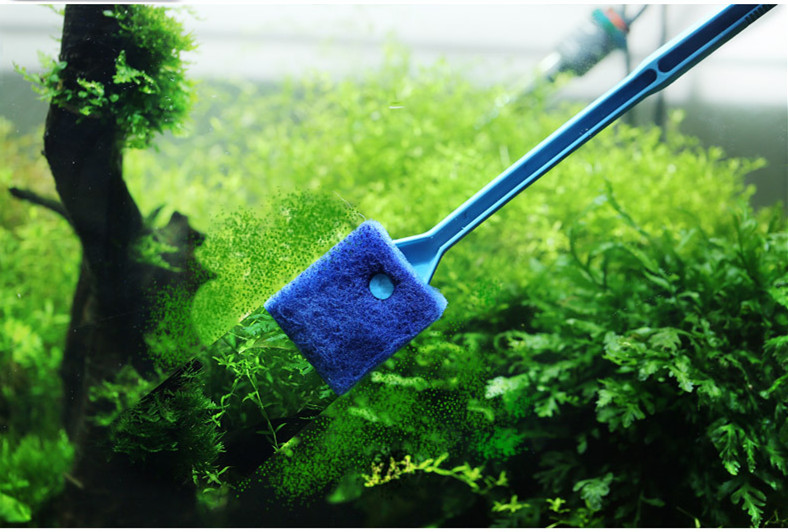
- Take out only really dirty accessories and decorations. Don’t use tap water to wash them. Set them in a bucket and wait till you collect some water from the bowl to clean them with it.
That will prevent the excessive useful bacteria removal that will be damaging to your tank’s system. Wash other décor elements with a pad while they’re still in the tank. - If algae on your tank accessories doesn’t want to come off, you may add to the tank water you’ll remove, add a little bit of bleach (10% concentrate or less) to it to soak those bits in this solution for 10-15 minutes.
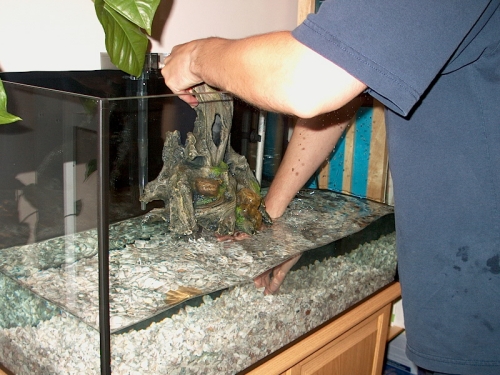
- Don’t apply dish soaps or other regular cleaners to wash inner side of the walls or accessories. You won’t be able to wash away the soap residue completely. So, those horrible chemicals will ‘penetrate’ into the tank and possibly kill its habitants.
- Clean the tank’s ‘floor’ and gravel. Use special aquarium syphon to ‘vacuum’ it. This tool will also get rid of dirty water.
I want to stress that you shouldn’t remove the gravel to wash it under the running water. If you do that, chlorine will kill all beneficial bacteria on the stones. That will lead to serious ecosystem deterioration and breach of the cycle.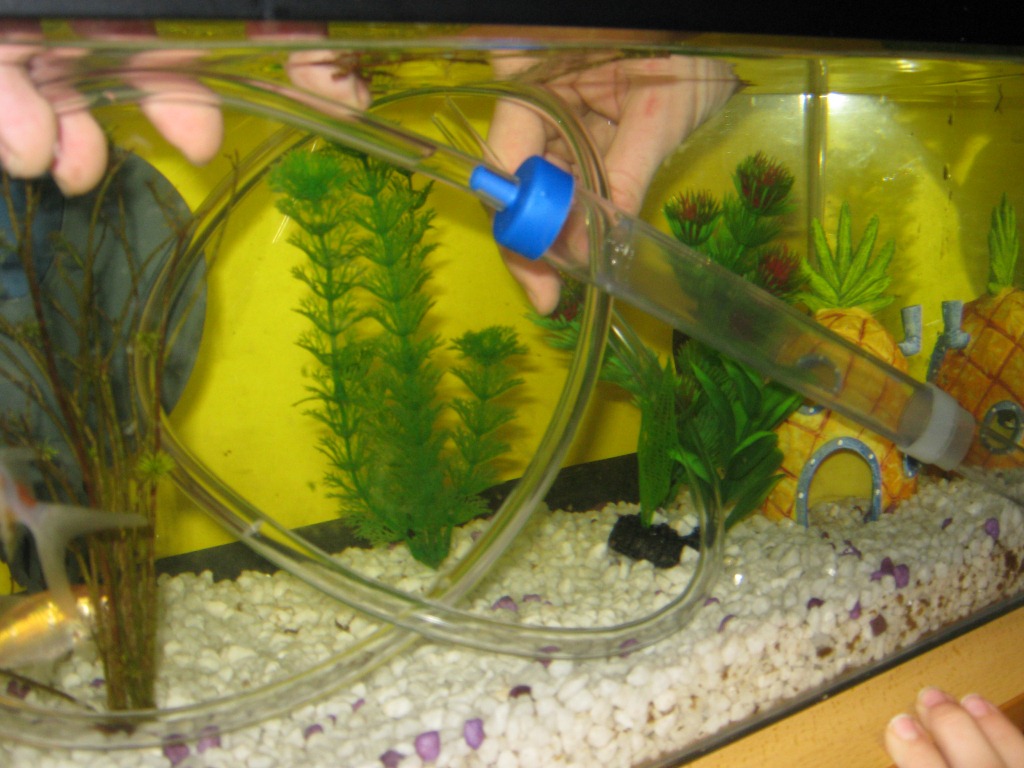
- Clean or replace filter inserts (depending on the filter’s type). Mechanic-based ones may be cleaned in aquarium water (not tap water, as it will demolish the bacteria on them).
- Give the tank’s exterior a clean as well. Put all accessories back to the tank.
- Get the water to restore demanded water levels. Pour it into the clean bucket from the faucet, dechorinate it according to the product’s instructions and add it to the tank.
